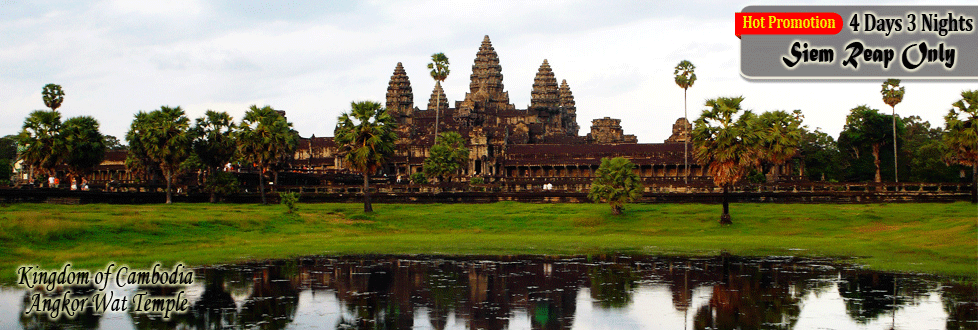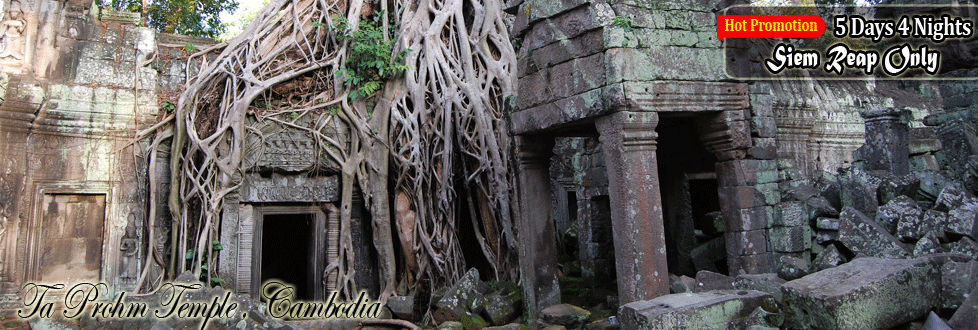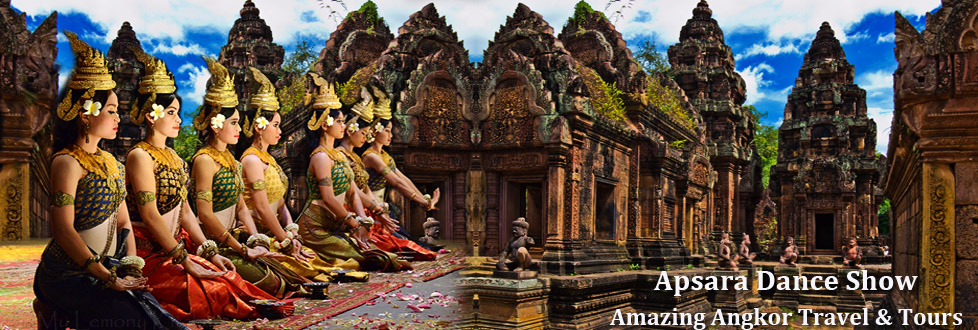BUDDHIST RACING BOAT
After performing the Buddhist lent for three months, in the rainy season starting from the 1st dark moon of the eight month to the 1st dark moon of the eleventh moon, the closing ceremony is organized. Firstly, the performance of Buddhist lent activities is the responsibilities of the monks, not for the lay people. There after, the form of the ceremony change as the villagers decide to prepare the offerings for merit making. So in the morning of the fifteen day of the eleventh month, the villagers take the offerings to the temples and listen to Buddha's teaching while the candles ceremony, light worshipping and fire boat festivities are performed in the evening. In the next day, the 1st dark moon of the eleven month, boat racing is organized on the Mekong river. The Buddhist Lent closing ceremony is performed in the same way as the beginning of Buddhist Lent, Boun Hokaopradabdine and Boun Khao Sark or Salark. At the festival day Buddhist villagers, dressed in new and beautiful clothes take the silver bowls or plateful of food and materials to offer the monks for merit making.
How to organize the ceremony.
The term "Watsa" means the rain or rainy season. the monks complete the practices of Buddha teachings during the period of three months in the rainy season without spending any nights in other places. On the 1st day of the dark moon of the eleventh month the closing ceremony for Buddhist Lent should be arranges. But, in practice, it is organized in the full moon of the fifteen in the eleventh month, one day before the due date. In the Buddha's teaching, the closing ceremony for Buddhist Lent was not decided, but Pavalana, prior notice ceremony was instead made after three months of Buddhist lent ended. So, in practice the monks made Pavalana on the evening of the full moon of the fifteen in the eleventh month. It is one day before the real closing date.
The term Pavalana means to announce something in advance of warn or advise each other for example when the villagers say to the monks in advance that "If the monks need to have the 4 main factors such as : clothing, bedding, medicines or some things else, please advice us." This also means Pavalana. It is to say something to do in advance. Pavalana is the task of the monks. When any monks violate the Buddhist rules, they should warn each other. The reason that the Lord of Buddha allowed the monks to give advice is that when the monks stay together during the Buddhist Lent in the same place it would a few of them might behave badly or make mistakes. After the Buddhist Lent ends, they warn or advice each other before leaving. This means "Pavalana." To conduct the ceremony for Pavalana, the oldest monk has make a decision first. He may say three, two times of one. Then the others say like him or saying one by one. The words are said in Pali language. It means that "To you all the monks, please listen to me today is the full moon day. It is the day to give prior notice that we have completed the Buddha practice."
After the decision is made, the oldest monk sits on his knees, joins his hands and says Pavalana in front the others in Pali language : "To you all the monks, may I notice you in advance and do not in doubt that I made mistakes or sins caused by a breach of the rules of the monastic order (Patimakkha), please warn me, to change my bad behaviour for proper behaviour acting." Then all the monks have to say the same words until its completion. The monks who completed the Buddhist Lent, can gain Anisong 5, merit making.
CULTURE TRADE
Tradition:
Traditionally, a Buddhist ceremony which is performed every year is called Hidsipsong, tradition of 12 months, while the fourteen rules on salutation made by officials, sister-in-law, husband and wife and all Loa people are called Khongsipsi. These above are intended to express salutation and loving kindness to the god and people. Baci is multi-purpose ceremony to express the best wishes for the important days of lives such as new babies, marriages, departures, visiting friend and others. Holy white cotton strings are tied round hands of the women with kapok, coiled hair style.
Eating :
90% of Loa people consume sticky rice. The ware kept the rice after steaming is called Tikao or kongkao and can be taken to everywhere. The arrangement of food is on the food big plate. The main food are Lap, Koy, Ping.
Housing:
Houses are built on stilt and have free apace underneath that roofs a triangle wind plates on each side. These are 2 types of houses; single and a double roofed how many steps on the stairs depends on the height of the house, but traditionally they made uneven numbers such as: 3 steps, 5 steps, 7 steps and 9 steps.
Ways of dressing:
Costumes depend on gender and age but regarding to the culture, Loa women dressed properly, because they are mothers of the nation in tradition, Lao women wear the silk skirts, blouses and scarves to attend important ceremonies.
Design of Lao women skirts:
1. Design with upper and lower parts.
2. Not too short and too long.
3. The upper part over the waist.
4. Lower part of skirt suitable.
5. Not too sexy.
Attending significant events, Lao women wear scarves and coiled hair styles. Lao men wear salong, big large pants or the peasant pants to attend the important ceremonies. Paekaoma is used for cleaning the body, covering the head and others. The costumes in the previous periods : Laos is one old nation in South East Asia. This place where was called Souvannaphoum and some Lao were settled in South of China called Anachak Ai-Lao. Due to the wars Lao migrated southward and established Monarchy Nanechao. The first king was named Sinoulo, governor of Nongsae as Chinese called Talifu town. It was capital city of Nanechao had peace for quite a long time. The first governor called Nanechao-ong. Main occupations were cultivation, animal husbandry and textile weavings. Hair style were coiled down to both sides down to the back and ear rings. Men and women dressed same styles of pants of shirts made by textile no colour and they did not have any decoration wares.
Culture
Lao people boast a plethora of distinctive monuments and architectural styles. One of the most notable structures is That luang, the Great Sacred Stupa, in Vientiane. Its dome like Stupa and four-cornered superstructure is the model for similar monuments throughout Laos. Stupas serve to commemorate the life of the Buddha and many Stupas are said to house sacred relics (parts of Buddha's body). Generally, Hinayana Buddhists cremate the dead body then collected the bone and put in stupa which up in a round the temple.
Deferent styles of architecture are evident in the numerous Buddhist Wats. Three architecture styles can be distinguished, corresponding to the geographical location of the temples and monasteries. Wats built in Vientiane are large rectangular structures constructed of brick and coved with stucco and high-peaked roofs. In Luang Prabang the roofs sweep very low and, unlike in Vientiane, almost reach the ground. These two styles are different from the Wat Xieng Khouang where the temple roofs are not tiered.
Lao religious images and art are also distinctive and set Lao apart from its neighbors. The " Calling for Rain" posture of the Buddha images in Laos, for example, which depicts the Buddha standing with his hands held rigidly at his side, fingers pointing to the ground, cannot be found in other south East Asian Buddhist art traditions.
Religions influences are also pervasive in classical the Lao literature, especially in the Pha Lak Pha Lam, the Lao version of India's epic Ramayana.
Projects are underway to preserve classic Lao religious scripts, which were transcribed into palm leaf manuscripts hundreds of years ago and stored in Wats.
Another excellent example of the richness of Lao culture is its folk music, which is extremely popular with the people throughout the whole country. The principal instrument is the khaen, a wind instrument which comprises a double row of Bamboo-like reeds fitted into hardwood sound box. The khaen is often accompanied folk dance is the Lamvong, a circle dance in with people dance circles around each other so that ultimately there are three circles: a circled by the individual, another by the one couple, and a third one dance by the whole party.
Occupation:
Rice cultivation, animal husbandry, raising silk worms and handicrafts were main occupations additional Activities were trading, fishery, workers in the plants or officials.
Culture & Society:
Smiles, Loves liberty, no quarrels, no oppression, respect the nation, reputation and honor with their lives. Commonly Lao people are fully of love and respect others. "To visit north or south, meal can be requested, but visitors, no need to study in the hotels or pay for food".
Sensation:
Friendship, love and peace are sit the hearts of Lao people. They hate oppressors. Our slogan said United we survive and separate, we die. We hate the conflicts and we can give excuse to others if the cases are reasonable. Lao territory is very wide. We like literature and arts, Many poets are stories were written by our great authors namely : Phousonelane, grandfather teaches grandson, lanesonephu, grandson teaches grandfather, sonelork in thangane soneluk. Phravetsanedone. Champasitonh, the 4 champa flower trees, kalaket, Tengone. Soulivong kunthung-kuntheuang and others were written in palm leaves these above poetry are our national heritage designed our ancestor hearts to give us the best loves to our nation.




.jpg)
.jpg)
.jpg)

.jpg)
.jpg)
.jpg)

.gif)

 How to Speak Laos
How to Speak Laos 


.png)
